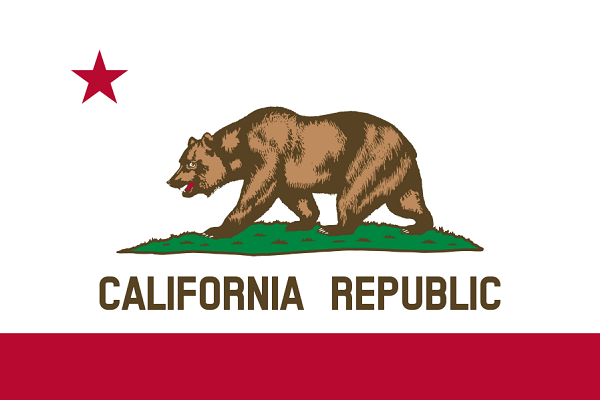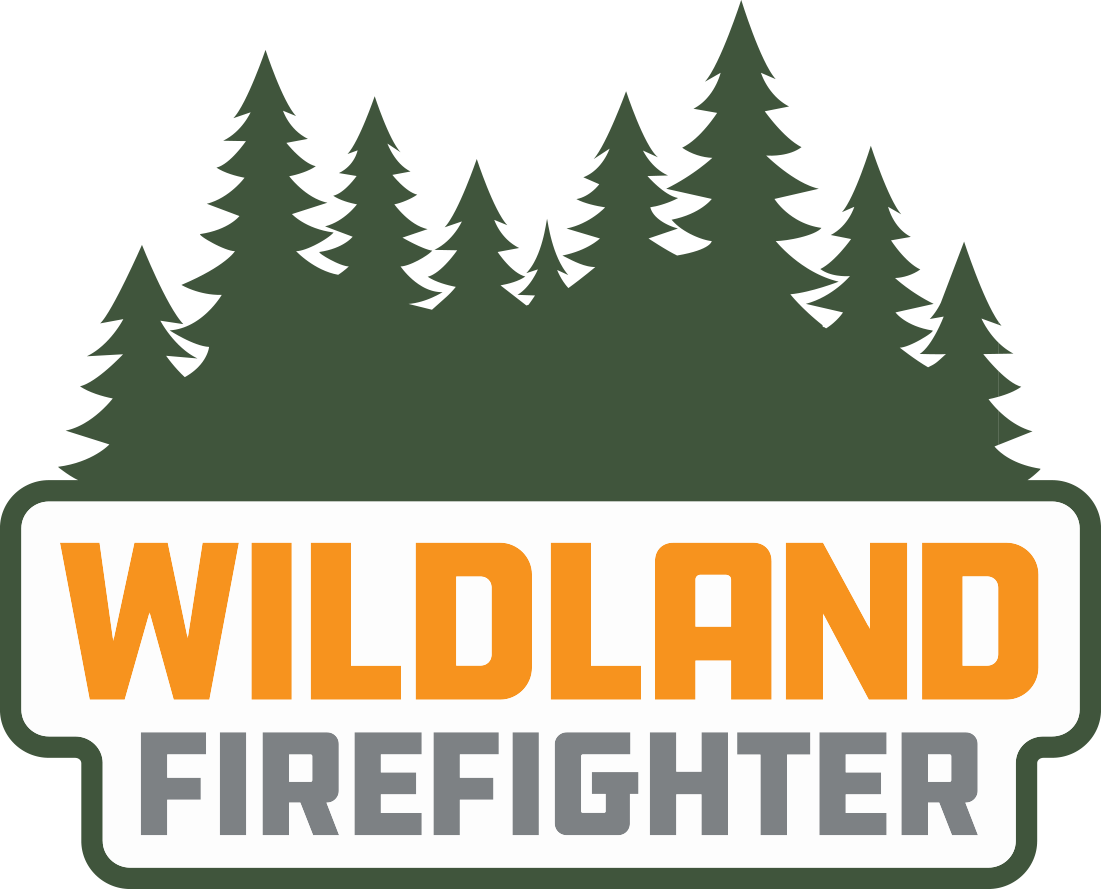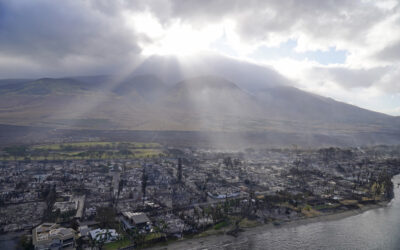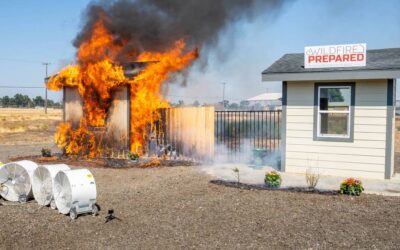Social distancing and sheltering

By DON THOMPSON Associated Press
SACRAMENTO, Calif. (AP) — California has evacuation plans for earthquakes, floods, mudslides and, of course, wildfires, but what if one of those disasters occurs as the state is dealing with the coronavirus outbreak when everyone is being urged to stay home?
State and local officials are trying to figure that out.
“That’s something that is being looked at, but it’s challenging,” said California Office of Emergency Services’ spokesman Brian Ferguson.
Kim Zagaris, longtime fire and rescue chief for the emergency services agency, came out of retirement to help with planning during the virus crisis.
“One of the basic premises is to plan and be prepared for all types and kind of emergencies,” he said. “We’re disaster-prone, so you have to be prepared for multiple things at multiple times.”
But as officials scramble to catch up, there is a disconnect between local and state authorities on who should be developing the guidelines.
Zagaris said local authorities bear the ultimate responsibility, while associations representing county sheriffs, who generally issue the evacuation orders, and local emergency managers each referred questions back to Zagaris’ agency.
“This is a complicated issue and each jurisdiction is likely looking at their own policies and resources,” Andrea Casillas, executive director of the California Emergency Services Association, said in an email. The association is a non-profit promoting cooperation among agencies for emergencies.
County officials southeast of Los Angeles faced those decisions recently when they issued an evacuation warning for fear heavy rains might trigger a mudslide in an area scarred by wildfire last year.
People who needed extra time to leave or have pets and livestock were urged to evacuate immediately, but Riverside County Emergency Management Department spokesman Shane Reichardt said they had shelter contingencies for any evacuees without opening an evacuation center that might make it hard to maintain social distancing.
California has been wet recently so the wildfire threat isn’t high now but it will increase as the inevitable dry and warmer weather arrives. The state’s firefighting agency this week began planning the advice it will give residents who must flee wildfires.
The situation is complicated because electric utilities have begun shutting off power sometimes to millions of Californians during periods of high winds and dry conditions in an effort to keep damaged equipment from sparking fires. Last year, shelters were set up for vulnerable residents, such as people who needed power to run medical equipment.
This year, CalFire spokesman Scott McLean said his department will urge residents to continue following Centers for Disease Control and Prevention guidelines as best they can if they must evacuate. That means things like staying at least six feet apart and frequently washing hands or using hand sanitizer.
The coronavirus is mainly spread by coughs or sneezes, so officials are increasingly urging residents to wear masks. The virus causes mild or moderate symptoms for most people, such as fever and cough that clear up in two to three weeks. But for some, especially older adults and people with existing health problems, it can cause more severe illness, including pneumonia and death.
Keeping people apart means officials will need more shelters to house the same number of evacuees who in the past would have been tightly spaced in cots, officials said. More shelters means more staff and more logistical challenges in providing food and sanitation.
Those shelters should take the same precautions as are in place at the California National Guard headquarters or the nearby State Operations Center where Gov. Gavin Newsom spends much of his day huddled with top officials, Zagaris said.
There is only one entrance, and anyone entering must be logged in after having their temperature scanned and answering questions about whether they have any symptoms or have recently had contacts with anyone who might be infected. There are marks on the floor to keep people safe distances apart. Cleaning crews circulate all day, endlessly sanitizing the building.
The American Red Cross is significantly changing how it handles evacuations, Trevor Riggen said. He is now its senior vice president of disaster cycle services, but spent six years coordinating its response to fires and other disasters in Northern California, which in the last several years has had some of the worst wildfires in U.S. history.
The Red Cross would typically have two or three shelters open every night somewhere in America because of a fire, tornado, flood or other disaster. But it hasn’t opened any since late March, putting displaced families instead into hotels or other temporary housing.
When there is an inevitable large-scale evacuation, the organization plans to screen evacuees much the way as Zagaris recommended.
The organization is distributing kits with thermometers, hygiene supplies and a limited supply of masks, gloves and other safety garb to every Red Cross office and has been remotely training thousands of volunteers. They will still provide the hands-on care that evacuees require, but the large-scale management — arranging for supplies, communications, other logistics — will be done remotely.
“We want people to know that we’re putting every precaution in place,” Riggen said. “The worst case scenario would be an evacuation for a wildfire happens, or a tornado or a hurricane, and people are fearful of evacuating because of the pandemic and they don’t get out of harm’s way because they don’t know that they have a safe place to go.”
___
Associated Press reporter John Antczak contributed from Los Angeles.
All contents © copyright 2020 The Associated Press. All rights reserved.




